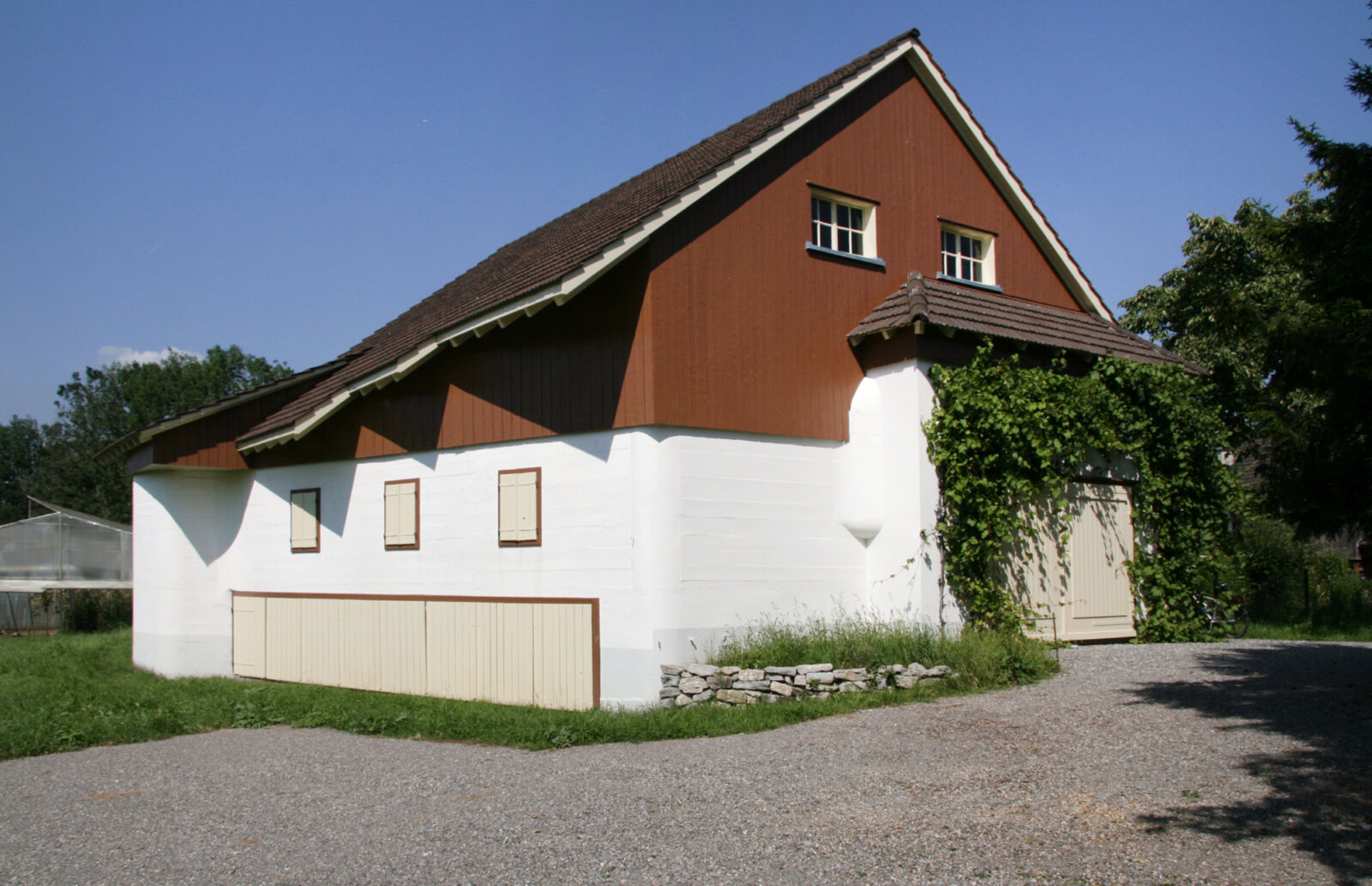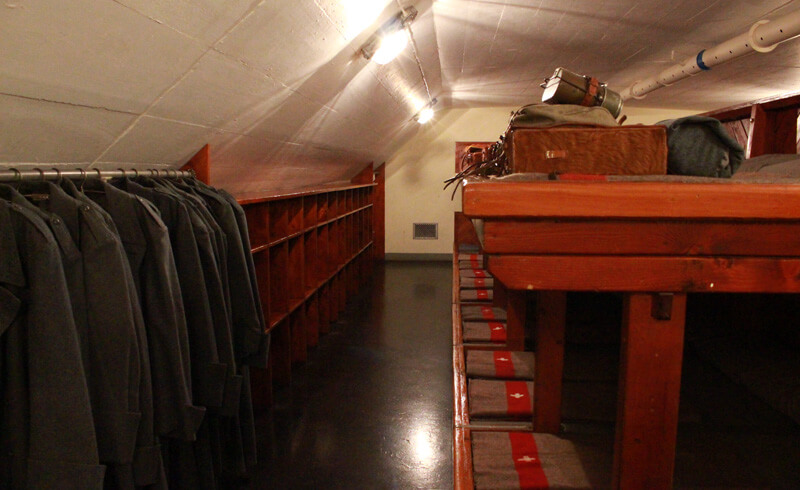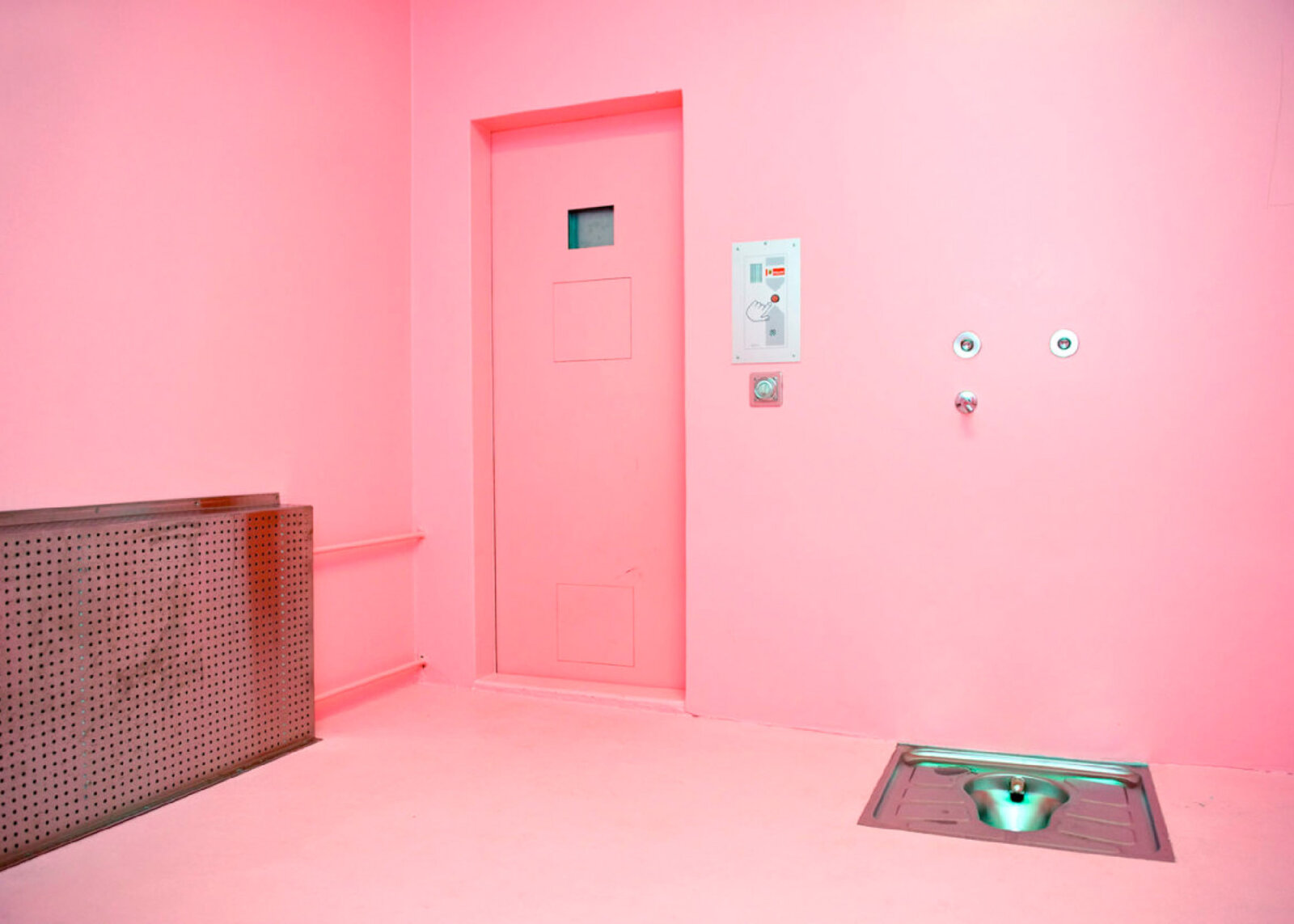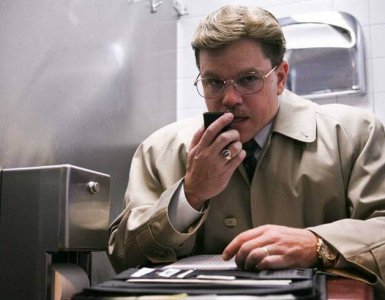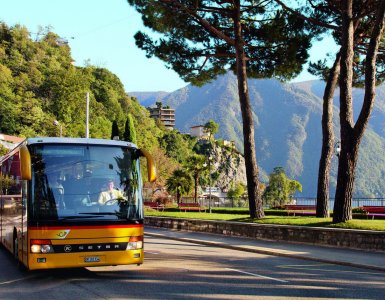While you're going about your business, Switzerland's vast network of underground fallout shelters stands ready, silently protecting the nation's population.
This small neutral country prepares for everything - from nuclear threats to natural disasters. What makes Switzerland unique is having enough underground space to shelter its entire population, with room to spare for emergency supplies and essential services.
I'm talking about an extensive network of nuclear fallout shelters that spans the entire country. We even have one in our Newly Swissed basement!
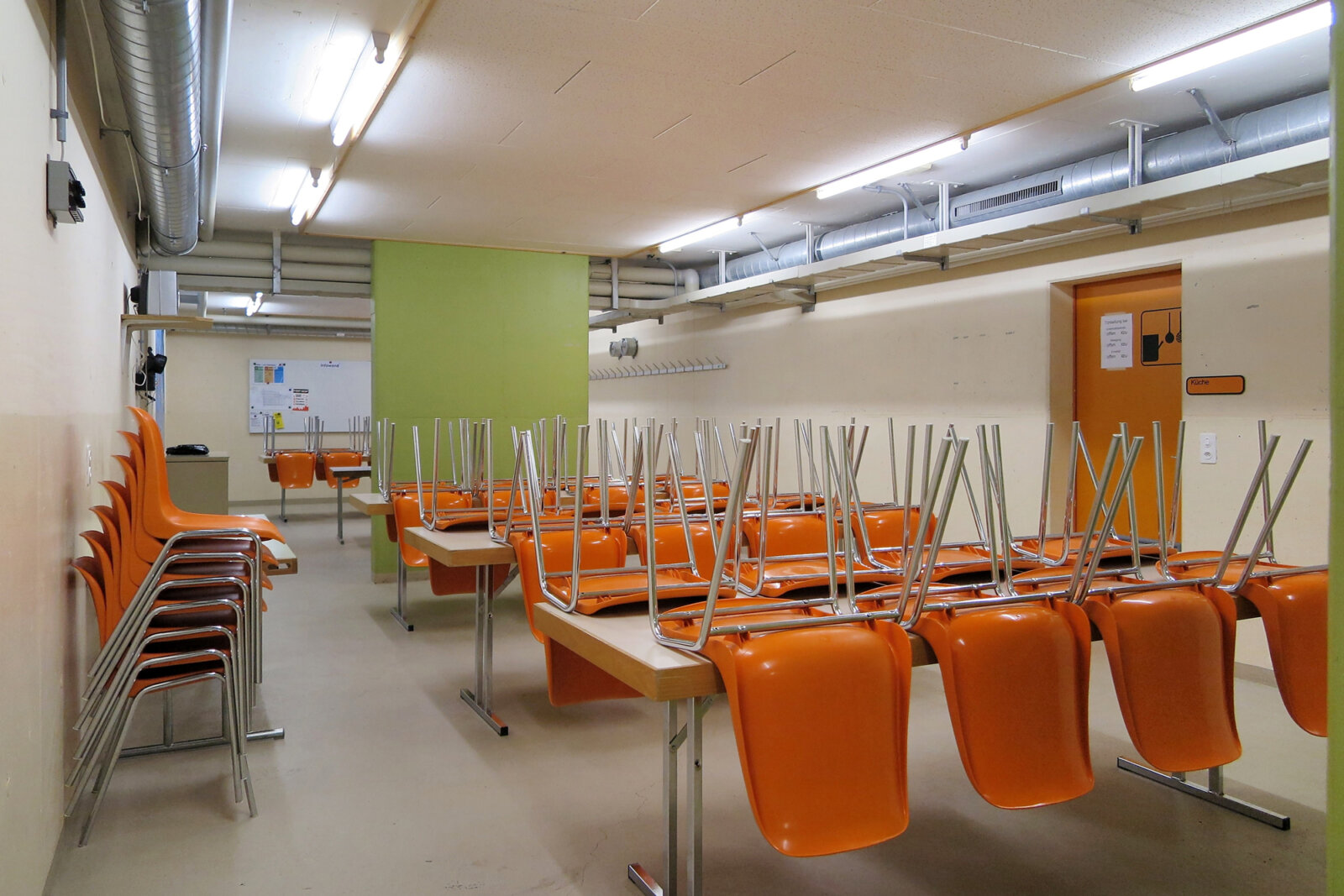
A Brief History of Switzerland Nuclear Shelters
When Adolf Hitler promised to respect Swiss neutrality, the Swiss government remained skeptical. In 1939, they transformed their peaceful landscape into a fortress bristling with defensive structures and hidden bunkers.
The Swiss military prepared contingency plans to destroy their own infrastructure if necessary to prevent invasion. Their message was unmistakable: any attempt to enter Switzerland would come at an enormous cost.
In 1946, Federal Councillor Karl Kobelt quietly initiated Switzerland's exploration into developing its own uranium bomb, highlighting the nation's determination to maintain sovereignty through all available means.
The Cold War era intensified Switzerland's focus on civil defense. The threat of nuclear conflict prompted a nationwide initiative to fortify homes, schools, and hospitals with protective shelters.
On May 24, 1959, Swiss male citizens voted decisively (62.3% in favor) to include a civil protection clause in the Federal Constitution. This established a clear mandate: protect the population and their way of life against any threat, whether natural disaster or armed conflict.
A popular saying emerged during this period: "Neutrality won't protect us from radioactivity." ("Die Neutralität schützt uns nicht vor Radioaktivität.")
By 1963, Switzerland's commitment to civil defense materialized in concrete form - literally. Groundbreaking legislation required all new buildings to include fallout shelters capable of withstanding debris and radiation. This wasn't merely about survival; it represented Switzerland's fundamental value of prioritizing human safety above all else.
The establishment of the Swiss Federal Office for Civil Protection (BZS) that same year marked the beginning of a comprehensive civil defense strategy. The results of this decades-long commitment are evident today: a shelter space guaranteed for every resident, an unparalleled safety net embedded in the nation's infrastructure.
And that's just the beginning of the story. Stick around, and you'll see how deep this rabbit hole goes.
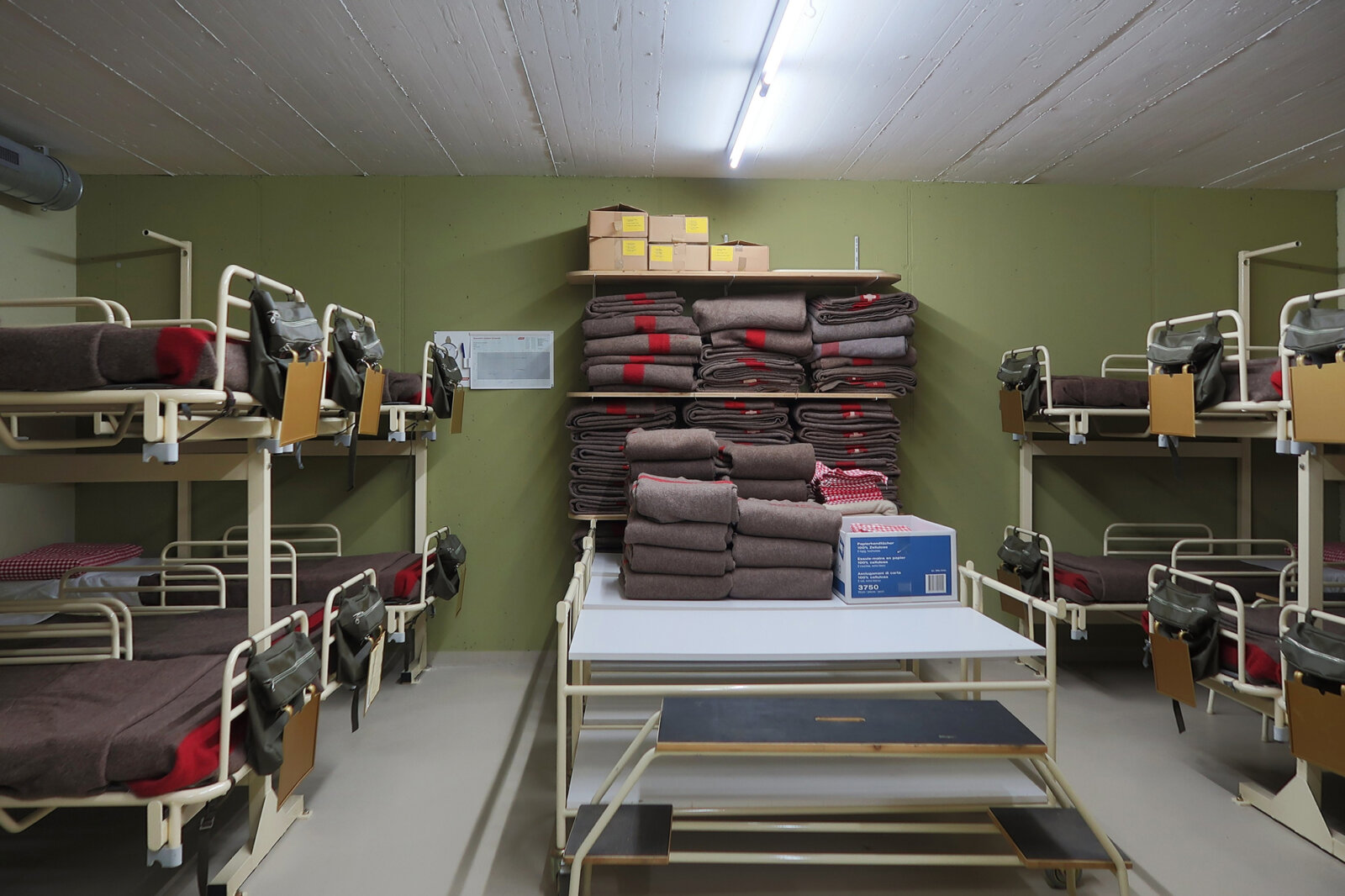
How Many Bunkers are in Switzerland?
While the complete scope of Switzerland's bunker network remains partially classified, experts estimate approximately 8,000 military bunkers scattered throughout the country.
However, this represents only a fraction of the total shelter capacity.
However, this represents only a fraction of the total shelter capacity. The first significant defensive bunker appeared in 1886, shortly after the Gotthard railway opened in southern Switzerland. This early fortification established a pattern of integrating defense capabilities into Switzerland's developing infrastructure.
The civilian shelter system is far more extensive. According to the Federal Office for Civil Protection, Switzerland maintains around 370,000 shelters, including 360,000 private shelters and approximately 9,000 public facilities.
Together, these provide protection for more than 8.7 million people - exceeding the country's population.
These shelters aren't neglected relics - they undergo regular inspections and maintenance. Ventilation systems are tested, water supplies checked, and emergency equipment verified to ensure operational readiness if ever needed.
A Fortress for Every Swiss Resident
Today, every Swiss citizen has an assigned place in a nuclear bunker, a precautionary measure against potential catastrophes. Swiss law guarantees shelter space for the entire population - a policy unique worldwide.
These aren't primitive bomb shelters but sophisticated survival facilities. Swiss fallout shelters feature advanced engineering with air filtration systems, emergency power generators, water reserves, and infrastructure designed to sustain life for extended periods when properly maintained.
The shelter system demonstrates remarkable coverage statistics: Switzerland currently maintains shelter spaces for approximately 107% of its population. However, this distribution isn't perfectly even, with some cantons having coverage rates below 100%.
Take a virtual tour through one of Switzerland's public fallout shelters:
The Cost of Maintaining Switzerland Fallout Shelters
Keeping this underground world in tip-top shape costs a pretty franc. The Swiss government recently announced plans to invest approximately 220 million Swiss francs ($250 million) over the next 15 years to upgrade these protective structures.
This decision stems from a reassessment of the global security landscape, particularly in light of recent conflicts such as the war in Ukraine.
While some question the necessity of such extensive preparations in the 21st century, the Swiss government maintains that these shelters serve multiple purposes beyond military defense.
They provide critical infrastructure for responding to earthquakes, industrial accidents, pandemics, and other emergencies.
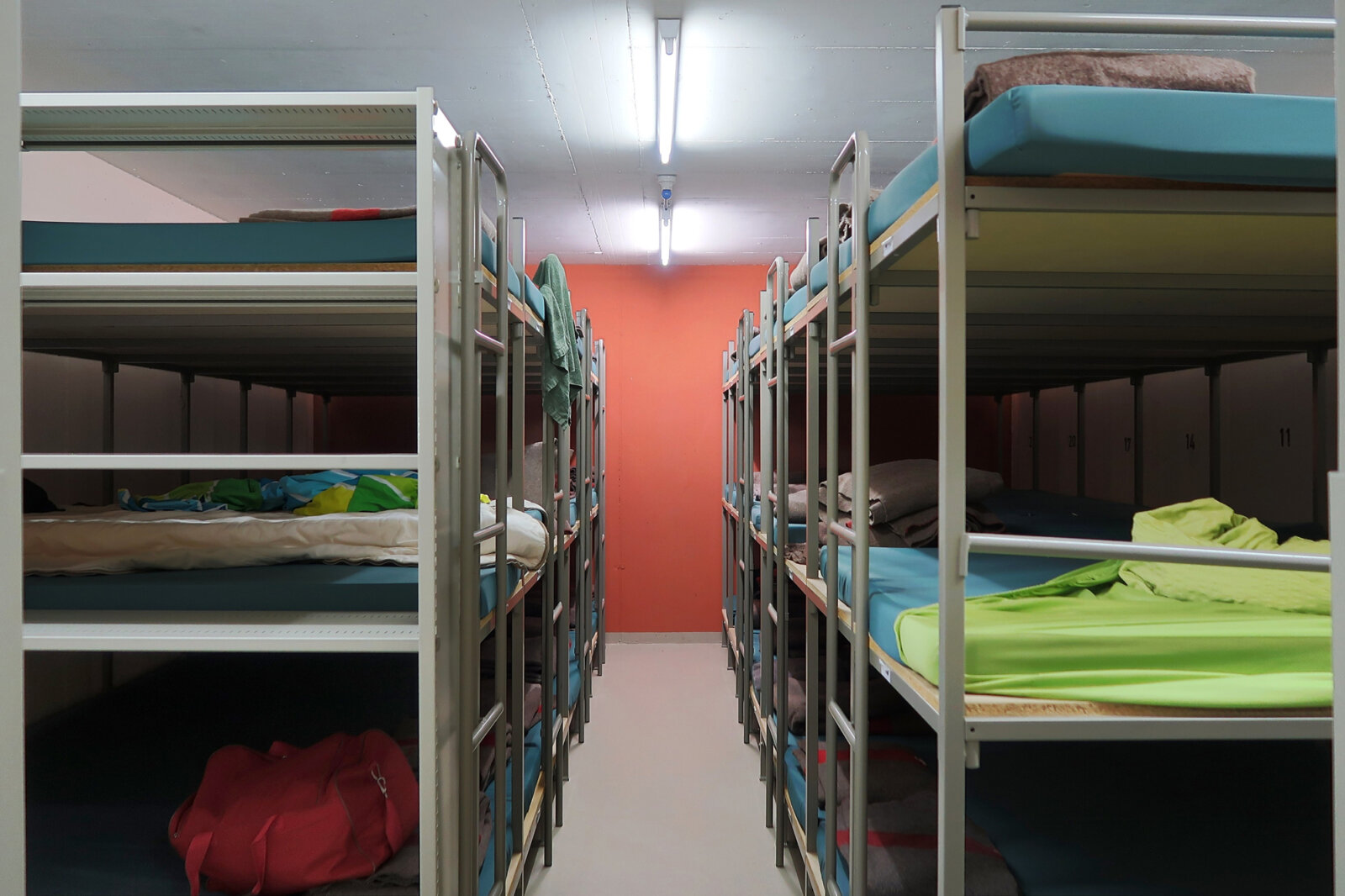
In May 2022, Switzerland's Federal Office for Civil Protection announced significant changes to the shelter system.
They're phasing out smaller private shelters designed for seven or fewer people, primarily because approximately 100,000 of these facilities have ventilation systems approaching 40 years old - beyond their reliable service life.
Instead, resources are being redirected toward larger public shelters with updated technology.
Switzerland continues modernizing its bunker network to address evolving threats. In 2006, regulations expanded to include protection against terrorist attacks and chemical/biological weapons. Today's shelters are designed as multi-purpose facilities capable of responding to diverse crisis scenarios.
What Are Swiss Military Bunkers Used for Today?
Many of Switzerland's military bunkers have found innovative new purposes while maintaining their protective capabilities. Several former National Redoubt fortifications now safeguard valuable commercial assets instead of military resources.
Underground data centers in the Bernese Oberland and Lucerne canton provide ultra-secure environments for multinational digital infrastructure. These repurposed bunkers protect critical data from physical threats, electromagnetic pulses, and unauthorized access - offering security that conventional facilities cannot match.
In the Gotthard region, a network of maximum-security bunkers originally built during World War II near Amsteg (Uri) once stood ready to shelter Switzerland's wartime government.
Today, these fortified vaults serve as specialized storage facilities for precious metals and high-value assets, leveraging their inherent security features for commercial purposes.
Other creative adaptations of Switzerland bunkers and fallout shelters include:
These repurposed facilities generate revenue while preserving Switzerland's unique defensive heritage.
What Nuclear Shelters Tell Us About the Swiss
Switzerland's extensive bunker network reflects core national values: community responsibility, preparedness, and the recognition that peace requires vigilance. These shelters embody a collective commitment to mutual protection, regardless of social status or background.
As Daniel Jordi aptly puts it, "Being prepared - that is the culture of Switzerland." This preparedness mindset is deeply ingrained in Swiss identity, with bunkers considered as essential as the country's famous mountains, banks, and chocolate.
As we examine Switzerland's defense strategy, we discover a narrative interweaving history, engineering excellence, and cultural identity. Each bunker represents another chapter in an ongoing story of national security and societal resilience.
The Future of Switzerland Fallout Shelters (Beyond 2025)
As geopolitical tensions fluctuate, Switzerland continues evaluating its civil defense strategy. The Russian invasion of Ukraine in 2022 renewed interest in the nation's shelter system, with many Swiss citizens inquiring about their designated shelter locations for the first time in decades.
Recent inspections have revealed concerning issues with some shelters. In the village of Bercher, civil protection officers found doors that wouldn't close properly, ventilation tunnels without ladders, and escape routes blocked by cobwebs.
Shelter owners are typically given one year to rectify violations or face fines of approximately 800 Swiss francs per resident's spot in a public shelter.
The current modernization plan focuses particularly on updating aging ventilation systems, many of which are over 40 years old. This comprehensive approach aims to ensure that Switzerland's unique shelter infrastructure remains functional for decades to come.
While the likelihood of nuclear conflict has diminished since the Cold War peak, Switzerland's bunker network continues serving as insurance against unpredictable global events. The system's flexibility allows it to address modern challenges from climate disasters to pandemic response, justifying its ongoing maintenance.
Inside a Swiss Fallout Shelter: What to Expect
According to Daniel Jordi, Swiss shelters come in three main sizes: small shelters accommodating up to seven people, medium shelters for 25 to 50 people, and large community shelters housing between 200 to 1,000 individuals.
The design allocates approximately one square meter of space per person. Imagine how little space this is!
A typical shelter is self-managed and equipped with:
The ventilation system is particularly crucial as air is limited in these enclosed spaces.
During an emergency, the blast doors would be sealed, and the ventilation system activated to provide fresh air. If outside air is contaminated (such as during a chemical attack), the system can switch to filtered air mode.
How long can people remain in these shelters? According to Jordi, "In principle, as long as you have food and water. We currently expect that you would need to stay inside for several hours to perhaps a few days."
Watch Johny Harris as he hunts for Swiss bunkers:
How to Visit a Bunker in Switzerland
Curious to explore these underground facilities firsthand? Several former military bunkers now welcome visitors:
The Faulensee Artillery Facility in the Bernese Oberland, converted to a museum in 2001, offers guided tours through a typical camouflaged bunker complex with interconnecting tunnels. Visitors experience the austere conditions military personnel once endured while learning about Switzerland's defensive strategy.
The Sonnenberg Bunker near Lucerne once held the title of world's largest civilian shelter, designed to protect 20,000 people. Today, guided tours provide fascinating insights into Cold War civil defense planning.
For military history enthusiasts, the Fortress Museum St. Gotthard showcases Switzerland's alpine defense system with extensive exhibits of fortifications and weaponry.
Interesting Facts about Swiss Nuclear Fallout Shelters
Here's a rundown of some fascinating facts that might blow your mind – or at least keep it safe from nuclear fallout!
So, there's your comprehensive look at Switzerland's remarkable underground world of civil protection shelters. Behind each heavy blast door lies a story of national determination and foresight. Every Swiss basement shelter represents a chapter in Switzerland's commitment to protecting its citizens - a commitment literally carved into the country's bedrock.
Here's hoping we never actually need to use them!
